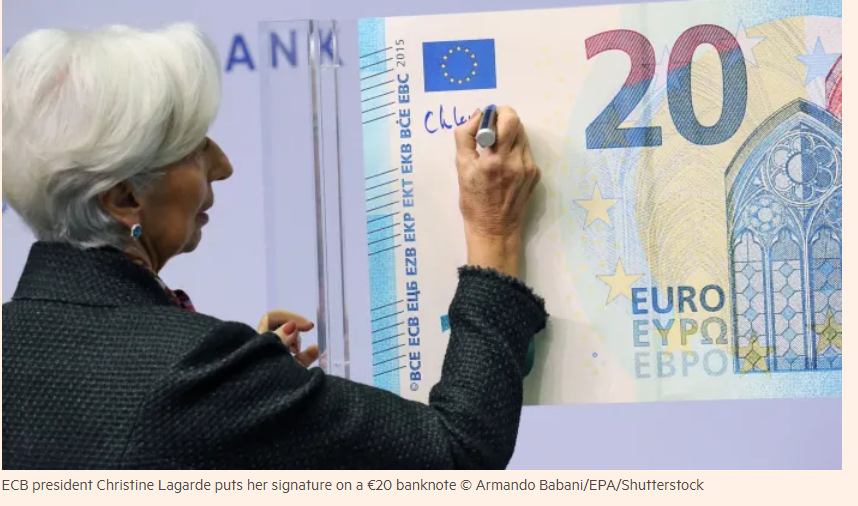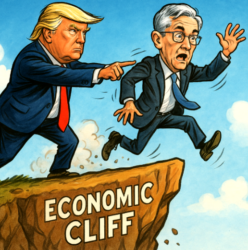ABN Amro analyserer den seneste rapport fra ECB og hæfter sig ved, at ECB på kort sigt lægger op til flere obligationsopkøb. Men banken kritiserer ECB for at være tvetydig for den strategiske udvikling, fordi nogle høgeagtige medlemmer af ECB-rådet taler om at reducere opkøbene på et senere tidspunkt.
Global Daily – The ECB’s unconstructive ambiguity
ECB View: Account confirms broad support for PEPP step up but questions on strategy remain –
The account of the ECB’s March meeting set out the Governing Council’s considerations in its decision to significantly step up PEPP purchases for a quarter. The key point was that the ECB had committed to preserving financial conditions in December, while ‘a sizeable and persistent rise in market interest rates that would prematurely tighten financing conditions for all sectors of the economy could challenge that commitment, especially in the context of a largely unchanged inflation outlook’.
Given this and ‘based on a joint assessment of the favourability of current financing conditions and the inflation outlook… net purchases under the pandemic emergency purchase programme (PEPP) over the next quarter (would) be conducted at a significantly higher pace than during the first few months of the year’.
All members agreed with this decision but with the caveat that ‘that the total PEPP envelope was not being called into question in the current conditions and that the pace of purchases could be reduced in the future’. In addition, ‘members agreed that the Governing Council would undertake a quarterly joint assessment of financing conditions and the inflation outlook in order to determine the pace of purchases needed to keep financing conditions favourable’.
Chief Economist Philip Lane gave some background to why ‘developments in risk-free interest rates and sovereign yields were particularly relevant’ to financial conditions. He noted that ‘First, these market interest rates could be more directly influenced by the Governing Council’s monetary policy measures, notably its asset purchases. Second, risk-free rates and sovereign yields were leading indicators for financing conditions at the later stages of transmission.
These were the key benchmark rates used in the pricing of other capital market instruments – such as corporate and bank bonds – as well as the pricing of bank loans to households and firms.’
Despite the broad discussion revealed in the March meeting account, questions about the ECB’s strategy towards sovereign yields and risk free rates remain. In subsequent speeches, Mr Lane has suggested that the ECB’s objective is to get the GDP-weighted eurozone sovereign curve back to levels it was at in mid-December. The weighted 10y yield remains stubbornly about 20bp above those levels, yet the step up in weekly asset purchases has not been overly convincing so far.
At the same time, there can be doubts about whether a strategy of committing to step up purchases for just 3-months is effective. The ECB has strongly expressed that bond markets are more impacted by the stock effect of QE (investors pricing their expectation of total purchases in the future) than the flow effects.
Against this background, a temporary move up in purchases may not have much effect. This is especially the case given that some of the more hawkish Governing Council members have started talking about a tapering of purchases from Q3 onwards.
Ultimately, we do think that the ECB will remain on a path of trying to anchor yields and it has other tools it can use in addition to the PEPP (see here). This is based on our view that inflation will significantly undershoot the ECB’s inflation goal over the medium term. The lack of clarity in the ECB’s current objectives may ultimately mean it has to do more further down the line.



